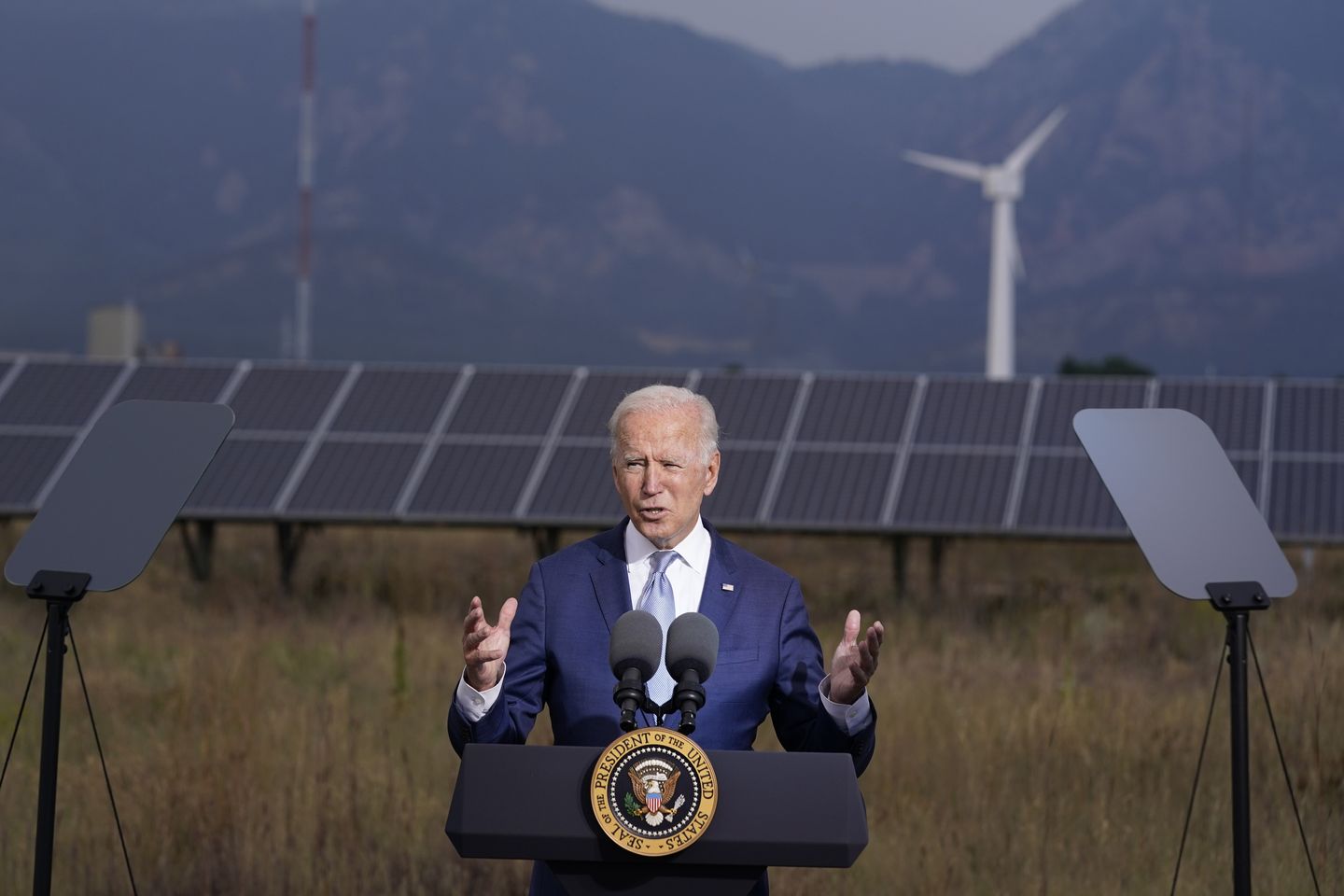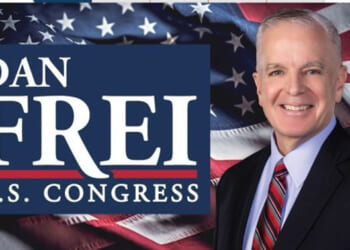
Federal buildings will no longer need to convert from fossil fuels to electric, the Trump administration announced Monday.
Before leaving office, President Biden left a trail of green energy policies aimed at achieving “net zero” carbon emissions by 2045. One of his green dictates would have required more than 300,000 new and renovated federal buildings to phase out and ultimately eliminate fossil fuel use by 2030.
Energy Secretary Chris Wright said he’ll delay the rule for a year and review it “to ensure alignment with the current administration’s energy policies, particularly those relating to energy security and reliability.”
The move is another blow to the Biden administration’s regulatory policies that were meant to extinguish fossil fuel use in the U.S. and replace it with renewables such as wind and solar.
The rule would have required a 90% reduction in fossil fuel use in new federal building projects started between 2025 and 2029, and would have required the complete elimination of fossil fuels in new projects beginning in 2030.
The Biden administration said the rule would have reduced carbon emissions from federal buildings by 2 million metric tons and methane emissions by 16,000 tons over the next 30 years.
Mr. Wright said pausing the rule “will ensure that our federal buildings are able to utilize the most efficient power available, lowering costs and reducing regulatory overreach.”
The Trump administration has acted quickly to revive fossil fuels by re-opening coal plants, expanding drilling for oil and natural gas and increasing liquified natural gas exports.
“Under President Trump’s leadership, the Department of Energy is embracing a strategy of energy addition – leveraging all sources that are affordable, reliable and secure,” Mr. Wright said.
Environmental groups have blasted the Trump administration’s energy deregulation and fossil fuel revival.
The Sierra Club criticized the first 100 days of the Trump administration as “the most harmful 100 days of any administration for climate, clean energy, public health, and communities, especially our most vulnerable communities.”












